Introduction
Preserved fish, a culinary delight enjoyed across various regions, offers a unique flavor profile that combines the richness of fish with the tangy, savory notes of preservation. Among the myriad ways to prepare preserved fish, stewing and braising stand out as methods that not only enhance its taste but also ensure that the fish remains tender and moist. In this article, we will delve into the art of making stewed and braised preserved fish, providing a step-by-step guide that will help you recreate this delicious dish at home.
Understanding Preserved Fish
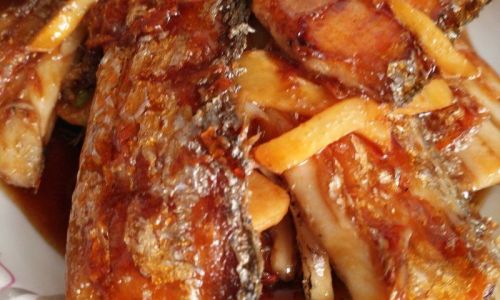
Before diving into the recipe, it’s crucial to understand what preserved fish entails. Preservation typically involves salting, smoking, or drying the fish to extend its shelf life and develop a distinct flavor. For this recipe, we will focus on preserved fish that has been salted and possibly lightly smoked, as this type is most suitable for stewing and braising.
Ingredients
To make stewed and braised preserved fish, you will need the following ingredients:
- 1 whole preserved fish (about 1-1.5 kg), cleaned and deboned (if preferred)
- 3-4 cloves of garlic, sliced
- 1 large onion, sliced
- 2-3 fresh tomatoes, chopped
- 2-3 tablespoons of tomato paste
- 1 teaspoon of smoked paprika (optional, for added depth)
- 1 teaspoon of ground cumin
- 1 teaspoon of ground coriander
- 1/2 teaspoon of turmeric powder
- 1/2 teaspoon of chili flakes (adjust to taste)
- 1 teaspoon of black peppercorns, crushed
- 2-3 bay leaves
- 1 cinnamon stick
- 2-3 cups of vegetable or fish stock
- 2 tablespoons of olive oil or any cooking oil
- Salt (to taste, though preserved fish is already salty)
- Fresh parsley or cilantro, chopped (for garnish)
- Lemon wedges (for serving)
Preparation
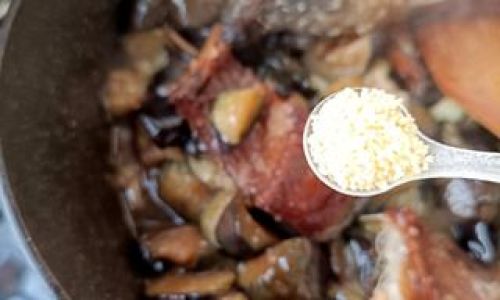
-
Soaking the Preserved Fish:
Begin by soaking the preserved fish in cold water for about 2-3 hours. This step helps to reduce the excess saltiness and soften the fish, making it more pliable for cooking. Change the water once or twice during soaking to ensure thorough desalination. After soaking, drain the fish well and pat it dry with paper towels. -
Preparing the Aromatics and Spices:
While the fish is soaking, prepare your aromatics and spices. Slice the garlic and onion, chop the tomatoes, and measure out all the spices and herbs. Having everything ready will streamline the cooking process. -
Cooking the Base:
In a large, heavy-bottomed pot or Dutch oven, heat the olive oil over medium heat. Add the sliced garlic and onion, and sauté until they become translucent and fragrant. This should take about 3-4 minutes. Add the chopped tomatoes and cook until they soften and start to break down, creating a sauce-like consistency. Stir in the tomato paste and cook for another 2 minutes. -
Adding Spices and Herbs:
Now, it’s time to add the spices and herbs. Sprinkle in the smoked paprika, ground cumin, ground coriander, turmeric powder, chili flakes, and crushed black peppercorns. Stir well to coat the vegetables with the spices. Cook for another minute to let the spices bloom and release their aromas.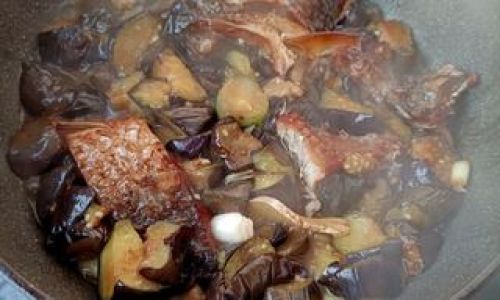
-
Layering the Fish:
Carefully place the preserved fish in the pot, either whole or in large chunks. If using a whole fish, you can tuck some of the sliced onion and garlic inside the cavity. Add the bay leaves and cinnamon stick around the fish. -
Adding Stock and Simmering:
Pour in the vegetable or fish stock, ensuring that it covers the fish at least halfway. If the fish is particularly large or thick, you may need more stock to ensure it cooks evenly. Bring the mixture to a gentle boil, then reduce the heat to low and let it simmer. Cover the pot with a lid, leaving a small gap for steam to escape, and cook for about 45 minutes to an hour. -
Checking for Doneness:
After the cooking time, check the fish for doneness. It should be tender and flake easily with a fork. If the sauce is too thin, you can remove the fish from the pot, let the sauce simmer uncovered for a few minutes to thicken, then return the fish to the pot. Taste the sauce and adjust the seasoning with salt if needed, though remember that preserved fish is already quite salty. -
Serving:
Once the fish is cooked to perfection, remove the pot from heat. Garnish with freshly chopped parsley or cilantro and serve hot, accompanied by lemon wedges on the side. The acidity of the lemon will help balance the rich, savory flavors of the stewed and braised preserved fish.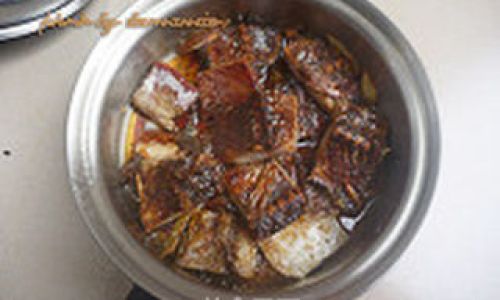
Conclusion
Stewed and braised preserved fish is a dish that combines the comfort of a hearty stew with the unique flavors of preserved ingredients. By following this recipe, you can create a meal that is not only delicious but also brimming with cultural heritage and culinary artistry. Whether you’re enjoying it as a main course or a hearty winter dish, this stewed and braised preserved fish will leave a lasting impression on your taste buds. Happy cooking!



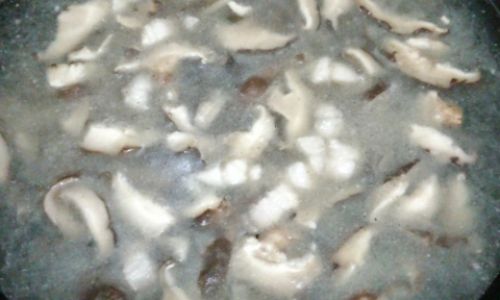

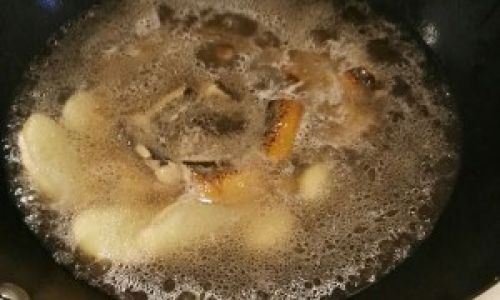
0 comments